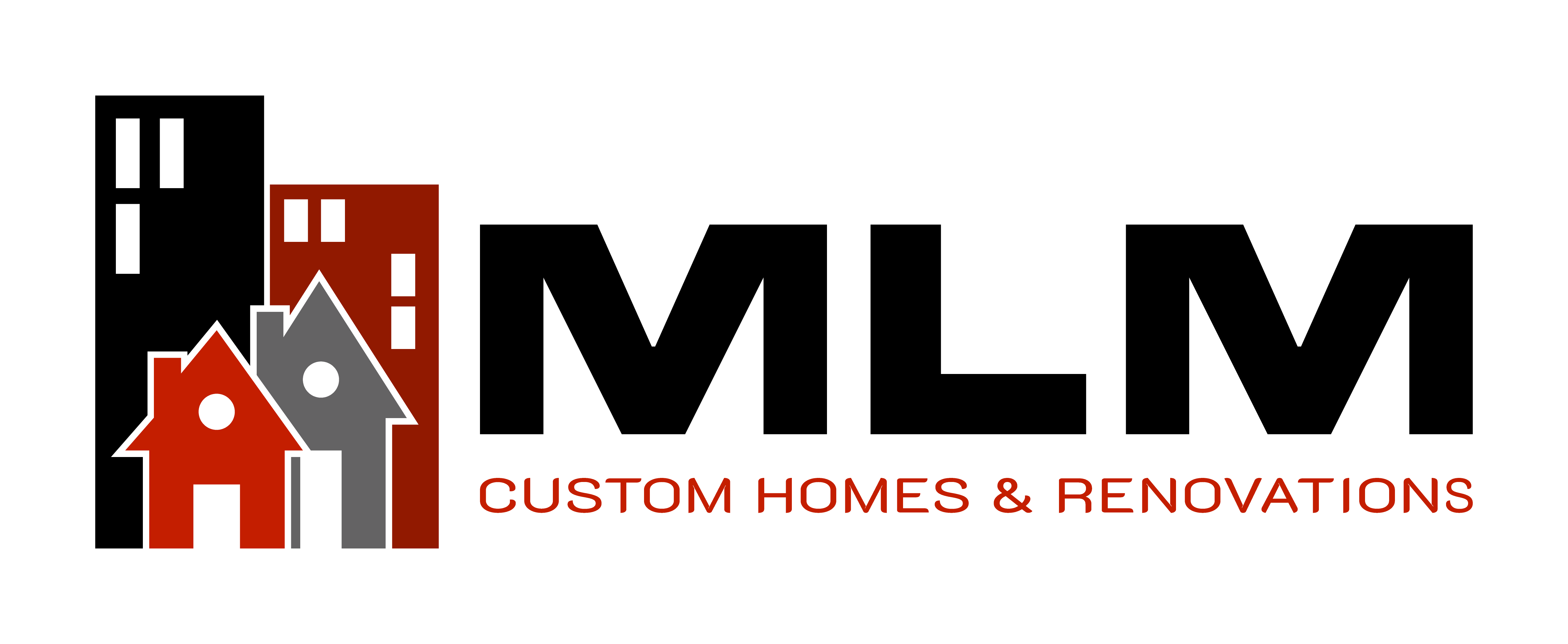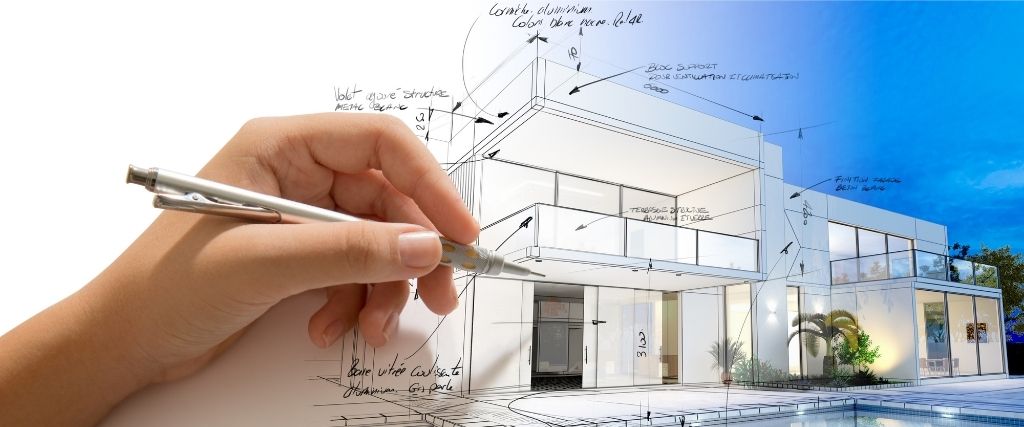
While spending a lot of time at home, you’re now looking to transform it into something super-exciting, and all you need at the moment is financing for your renovation. Though you can finance your house purchase by a mortgage, getting finances for major renovation or refurbishment is trickier.
You can finance smaller remodeling projects with savings, but major renovations require a little more backing. But don’t worry! There are several options out there including renovation financing loans and home equity loans that could be your path to getting the project underway sooner than you think.
Whether you’re hiring a contractor or taking on the work yourself, knowing how much you can borrow would directly impact the scope of your project. So, let’s now see some of the options for construction/renovation financing like cash financing, and construction loans:
Methods of Construction and Renovation Financing:
Home Equity Loan
A home equity loan or Home equity lines of credit (HELOCs) is a type of loan that allows the homeowner to borrow an amount against the equity in their residence. The amount you’ll receive will be based on the difference between the home’s current market value and the homeowner’s mortgage balance due. A typical home equity loan is fixed-rate with one lump sum amount that remains the same for the long term, whereas HELOCs offer borrowers revolving lines of credit.
You can use the borrowed amount to make large home improvement payments. But be sure that you’re pledging your home as collateral, and if you don’t make your payments, you may end up losing your home. Though it is a good way of converting the equity you’ve built up in your home into cash if the real estate values decrease, you may end up owing more than your home’s worth.
Home equity loans typically come with lower interest rates than other unsecured debts like personal loans. Thus, it is much easier to obtain a loan and you can enjoy a possible tax deduction for interest paid. So, if you are reasonably responsible, have a reliable source of income, and know that you can repay the loan, equity loans are a sensible choice for your major renovation project.
Fannie Mae Home-Style Renovation Loan
Whether you want to finance your home improvement or you want to buy a place that needs repairs, Fannie Mae HomeStyle loan works for both. You don’t need to have two separate loans for a mortgage and home repairs. You can use this HomeStyle loan to help restore an older home to its former glory. You can use the funds for a wide range of renovation projects like repairs, updating a bathroom, adding mudroom, landscaping, replacing a roof, and even luxury upgrades.
However, the loan amount goes into a separate escrow account and you don’t have access to those funds. The allowed renovation costs are only 75% of the after repaired value of the home and you also need to have a healthy credit score to qualify for stricter debt-to-income ratio standard.
FHA 203(k)
FHA 203(k) loan or FHA 203(k) rehabilitation loan is a type of government-backed mortgage by the Federal Government that allows the borrower to take out one loan both for home purchase and home renovation. This type of financing allows lower-income households to improve older properties as their primary residence. You can get a different variety of 203(k) loans depend on the extent of repair you need to undergo. This program allows you to buy a home and renovate under a one-fixed or adjustable-rate mortgage. The borrowed amount would include the purchase price of the home and the cost of renovation, including materials and hired labor. FHA’s 203(k) loans fall under two categories i.e. 201 (k) and 2013(k). The prior type is limited for a home that requires minimal repairs while 2013(k) is for a home that needs extensive repairs including structural work.
FHA 203(k) loan covers essential elements of a home in addition to the energy conservation system. So, you can undertake repairs like plumbing, flooring, painting, HVAC, bathroom and kitchen remodeling, improvements of health and safety standards, and landscape improvements. Additions that are considered luxurious like pools or gazebos are not covered under this loan.
With an FHA loan, you need to make a down payment of only 3.5% and it may also come with lower interest rates. Anyhow, the interest rate will vary from person to person depending on the individual’s credit history. FHA allows a minimum credit score of 580 but you need to check with your lender first.
Anyhow, the FHA loan does have some cons. You need to pay an upfront mortgage insurance premium every month. Plus, the lender may charge you a supplementary origination fee. You also need to consider other factors like tedious paperwork and the lengthy time for approval.
Construction Loans
This loan program is ideal for new construction or substantial renovation of an upper fixer. In a typical program, the funds are paid by the lender to the contractor as the project milestones are reached. It is a short-term loan with a variable interest rate that helps cover the cost of land, plans, permits, labor, material, and closing costs. They also cover the contingency fees in case the project goes over budget. After completion, the loan is converted to permanent financing or paid in full.
In the case of the “construction-to-permanent” type, the loan is converted to a mortgage once the construction is finished. This is a single close loan. The other type which is “construction-only” is a standalone construction loan that must be paid off when the building is complete. The renovation construction loan gets folded into the mortgage once the project is complete.
Securing a construction loan requires a lot of time and effort. It is difficult to find a lender that offers competitive rates and relaxed credit-history requirements.
Personal Loan
A personal loan is an alternative way to pay for home renovation and improvement. It’s a simple personal loan that is tailored to help you cover renovation or rehabilitation costs. Depending on your needs and the interest rate you’re able to secure, financing through a personal loan may be more affordable in the end. You can use this loan to finance major renovations like a kitchen or bathroom remodel, building a garage, installing a swimming pool, refinishing a basement or you can use it for an emergency repair or smaller jobs.
Like other personal loans, a home improvement loan has a fixed interest rate and there’s a fixed repayment timeline. Unlike Home equity loans or HELOCs, there’s no collateral, and are thus the loan is unsecured. That means your property won’t be at risk if you’re unable to make timely payments. With such, the lender can deliver you the amount for a home improvement loan in as little as one to three days.
Unlike HELOC that comes with lower minimums, you won’t have to borrow at least $10,000 with a personal loan. This makes it an ideal financing option for lower-cost or small-scale home renovation projects. Personal loans also don’t have closing costs like appraisal fees, annual fees, points, title search, mortgage preparation fees, and filing fees which otherwise you’ll pay in case of HELOCs.
Anyhow, these loans do come with higher interest rates than secured loans and the rate is fixed with monthly repayments over a set number of years. So, you’ll have a clear picture of how much the loan will cost you and you can adjust the budget of the project accordingly.
You also need to have a handsome credit score to qualify for personal loans. The lender typically places a heavier emphasis on your income, credit score, and debt-to-income ratio.
How to choose a construction and renovation financing method?
Now that you know all options at hand, you must evaluate them well to get the best deal for your finances. All these financing methods and products have their pros and cons and finding the best fit for your needs can be quite overwhelming. You need to review your credit history, estimate the cost of your renovation project, and know the equity you’ve accrued with your monthly mortgage statement.
So, if you’re planning to apply for home renovation financing in the New Orleans Metro area, we’re here to help. At MLM Inc., we’ll give you a realistic idea of project costs and would help you in selecting the right type of construction and renovation financing method for your next project. Give us a call or send us an email to discuss.

